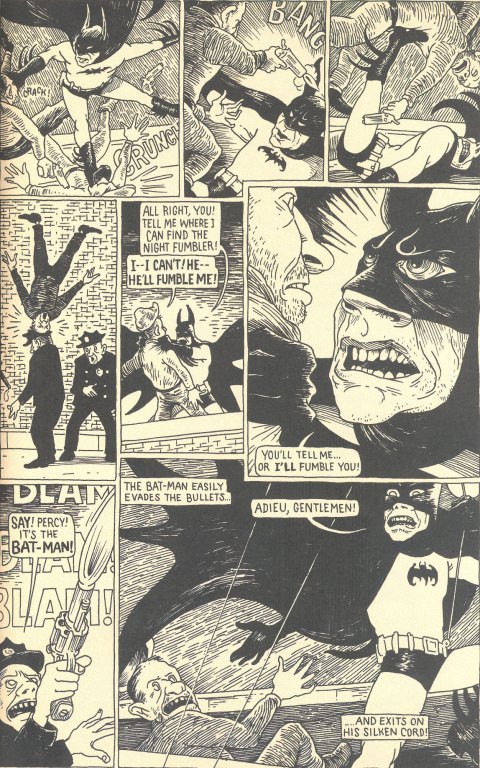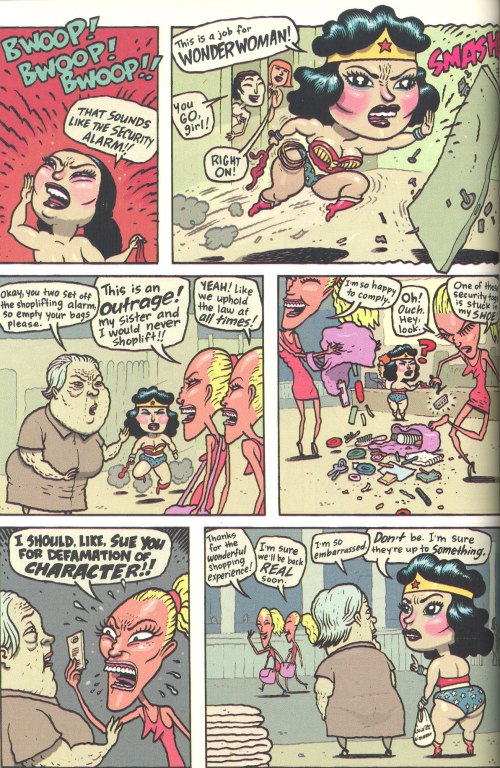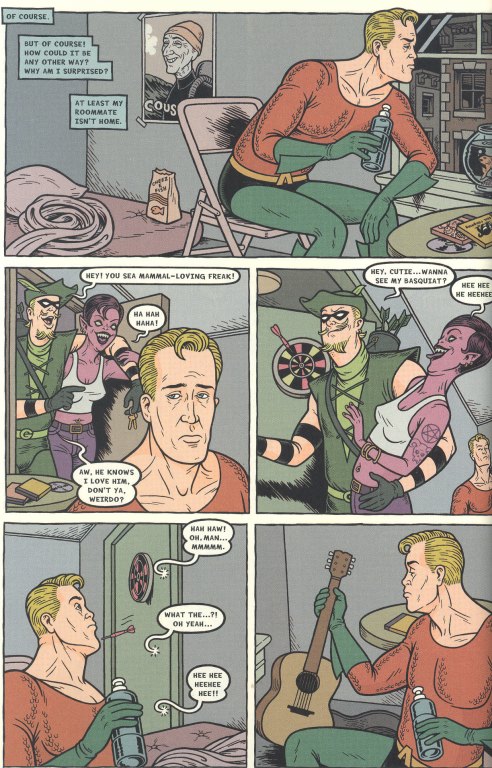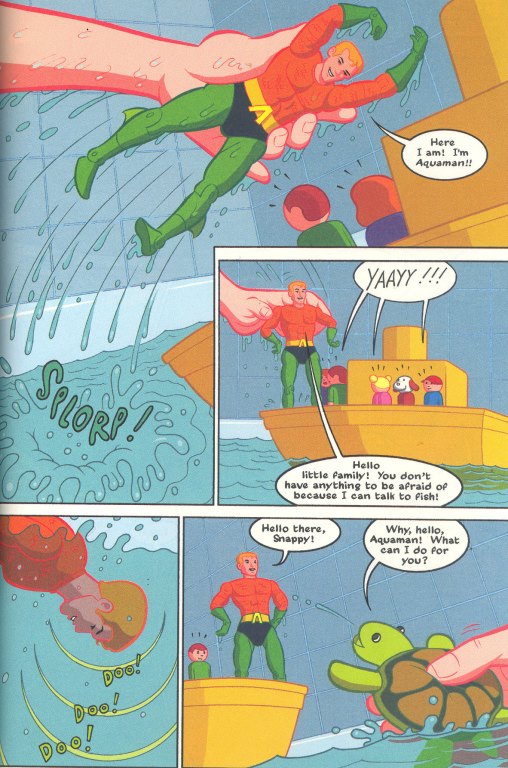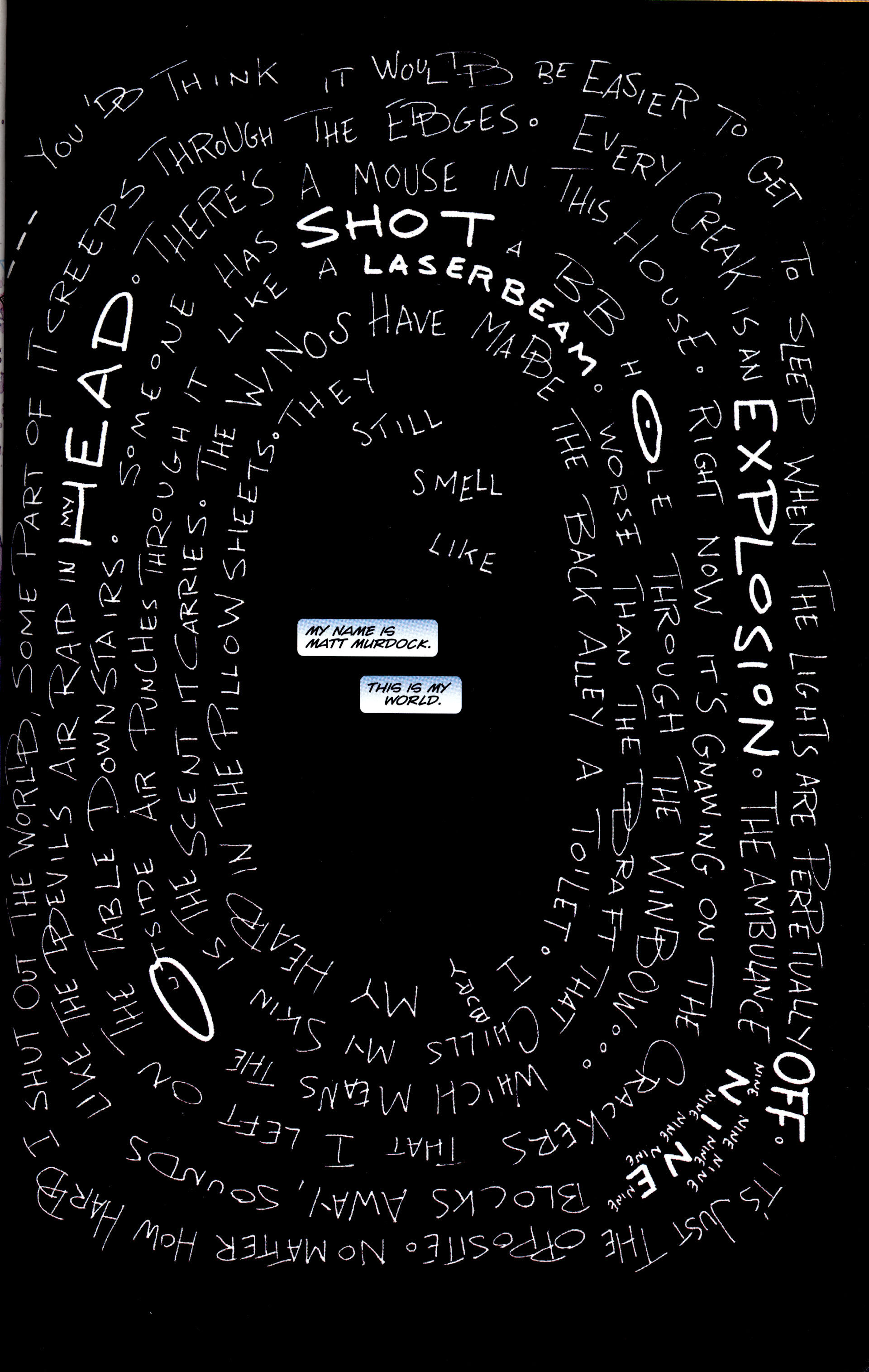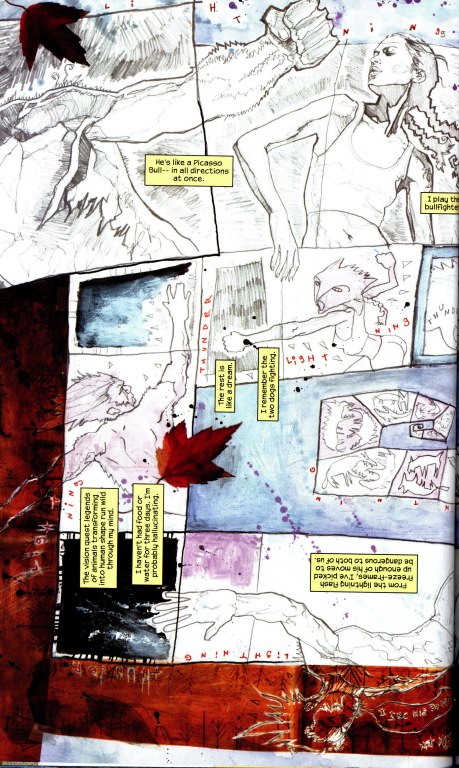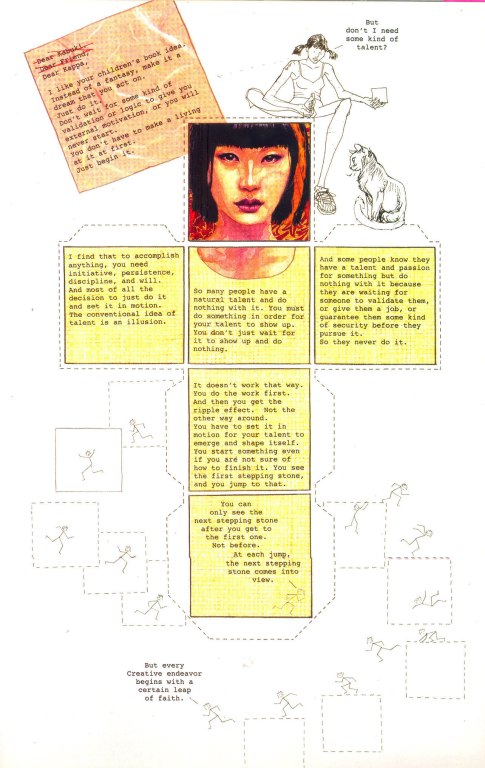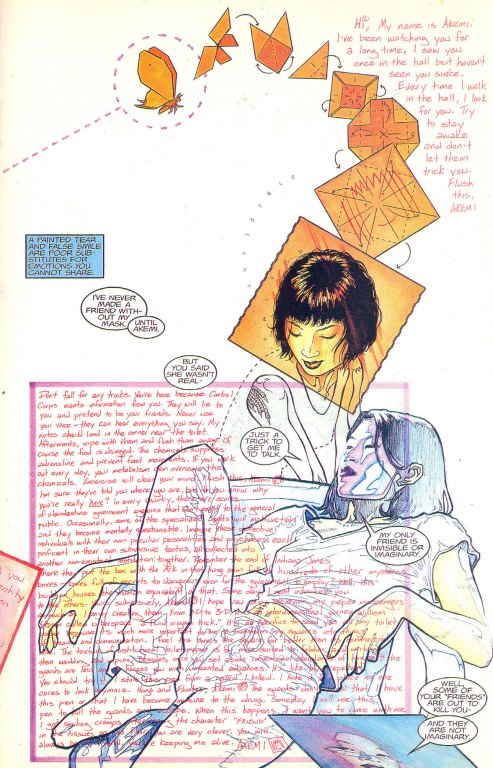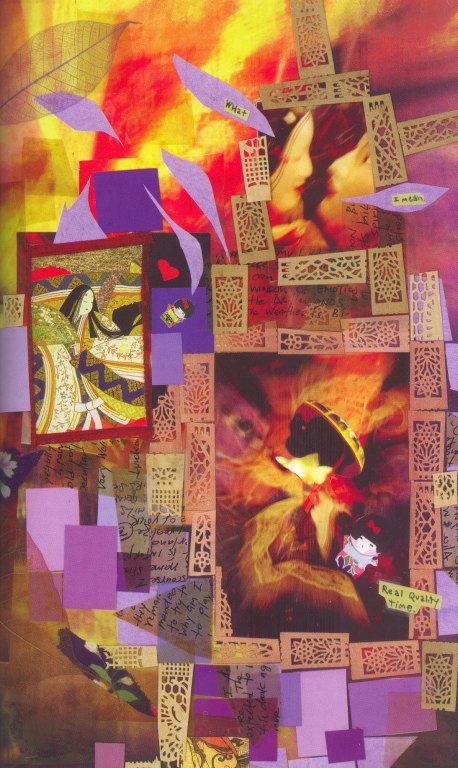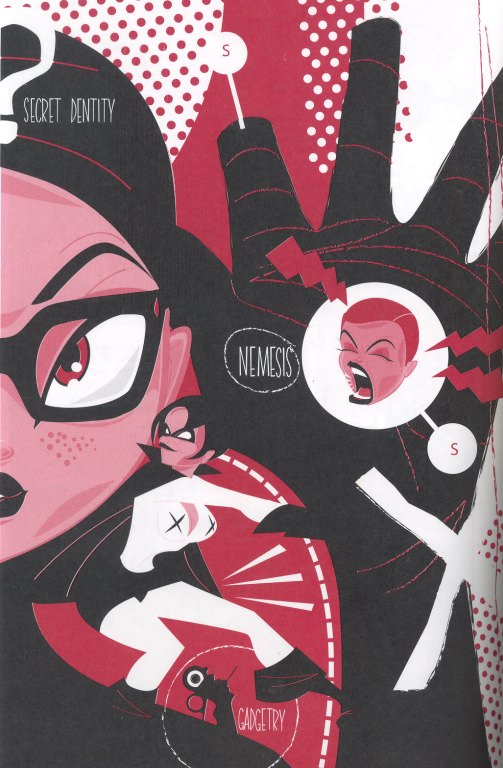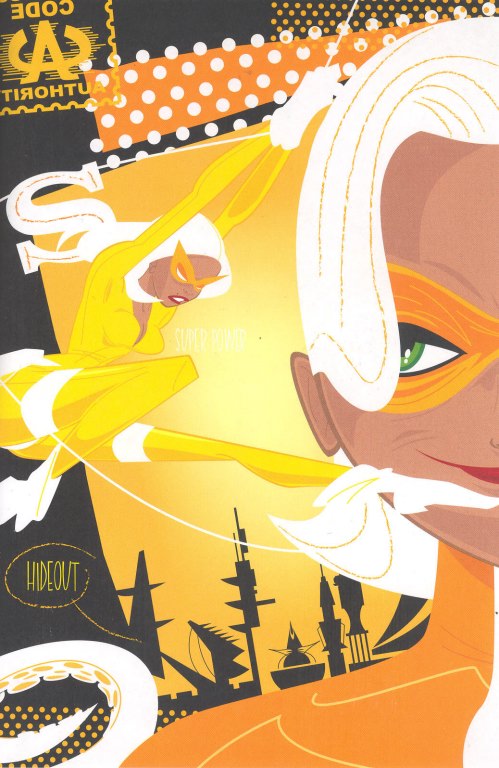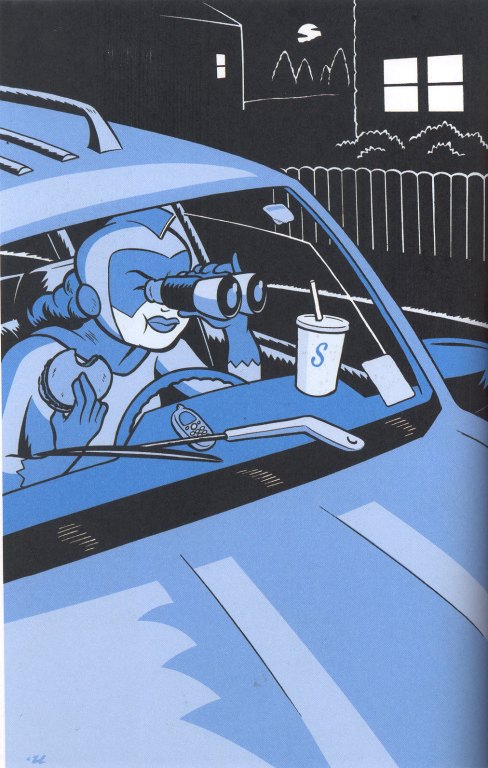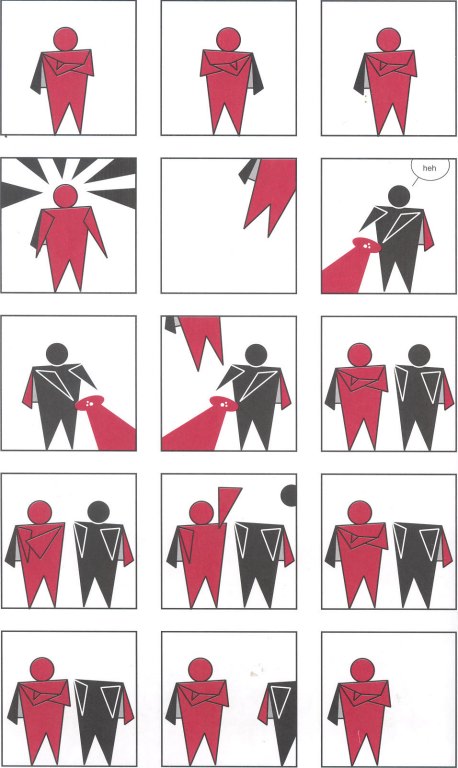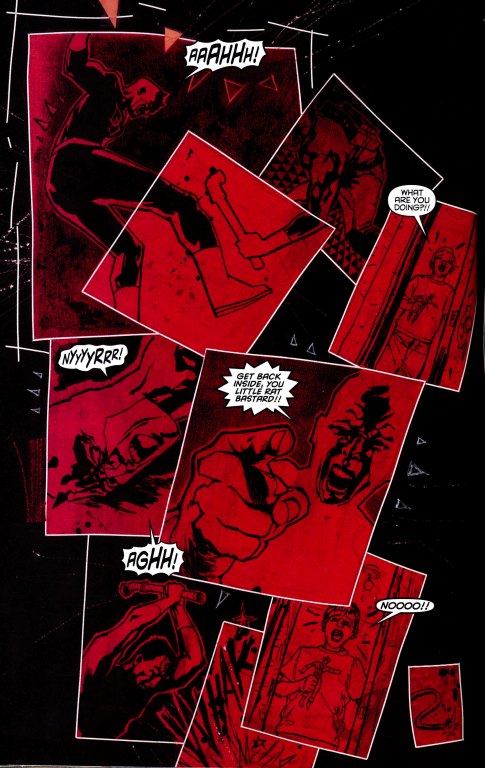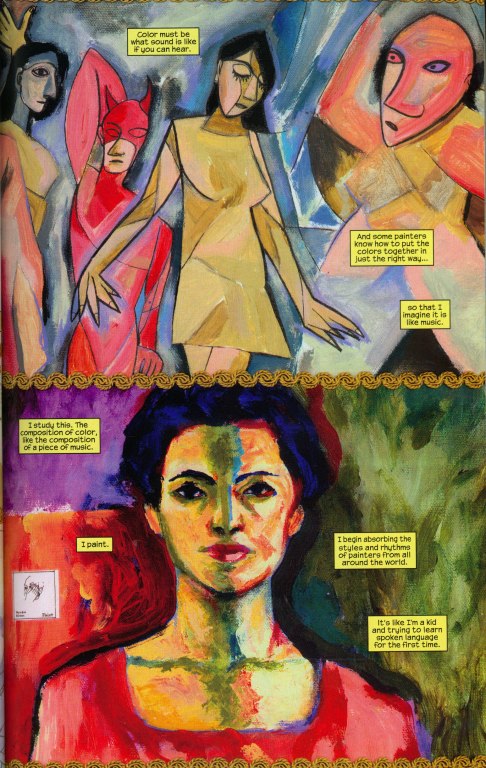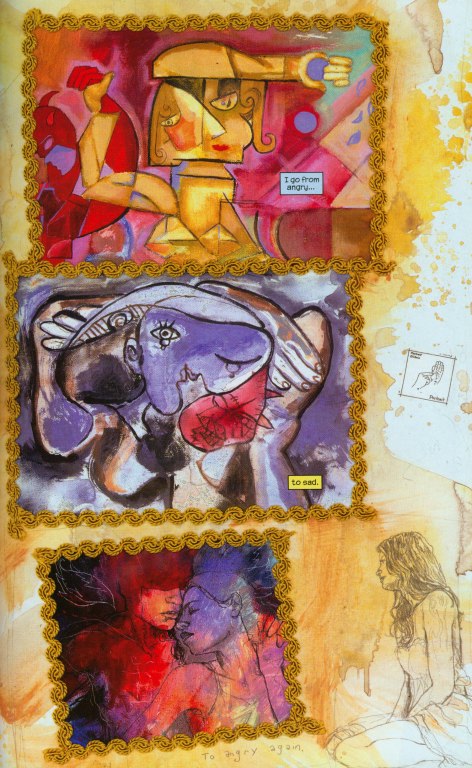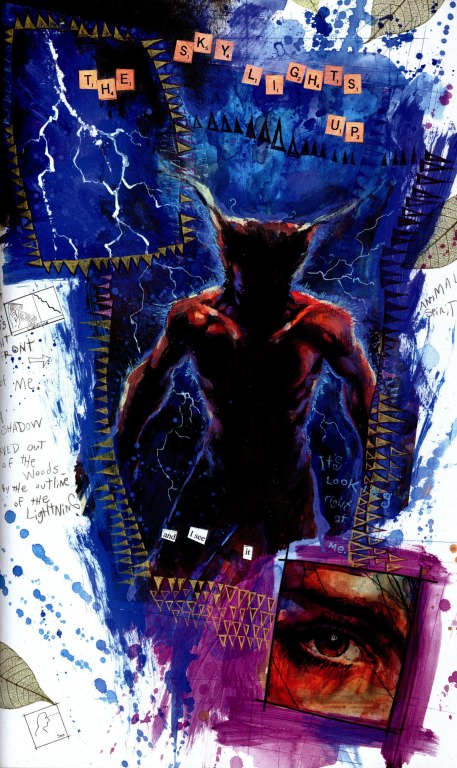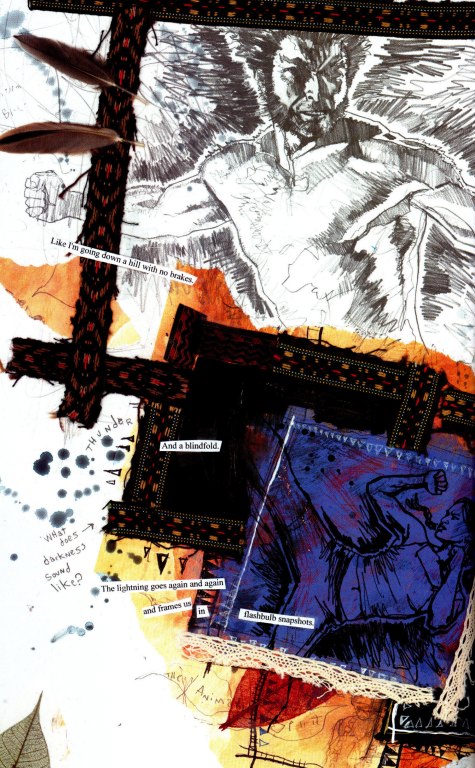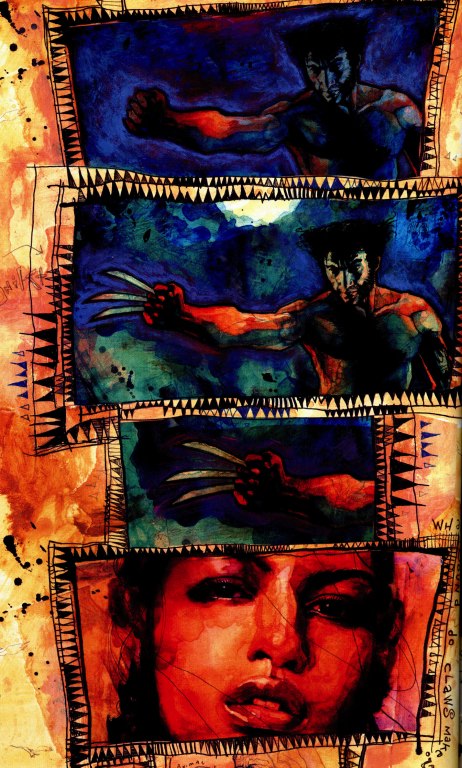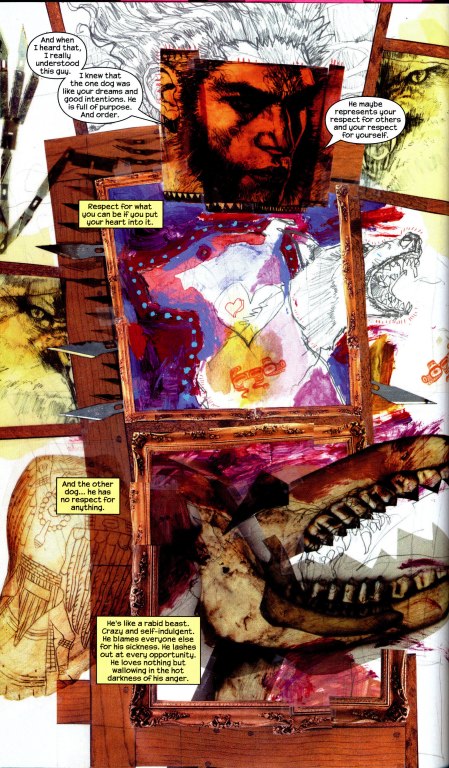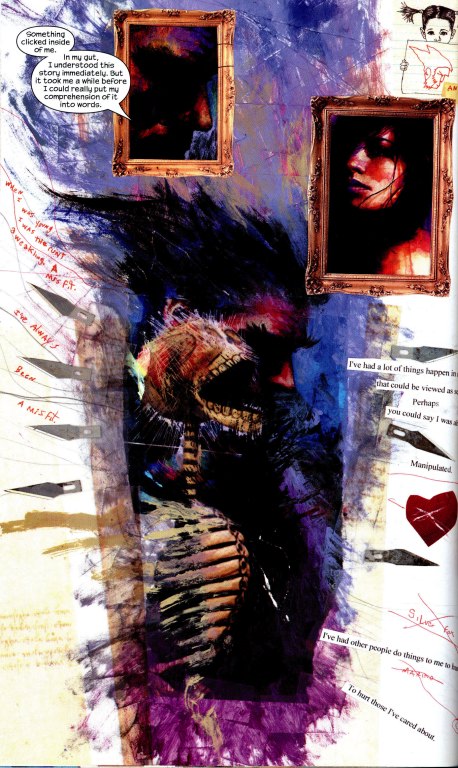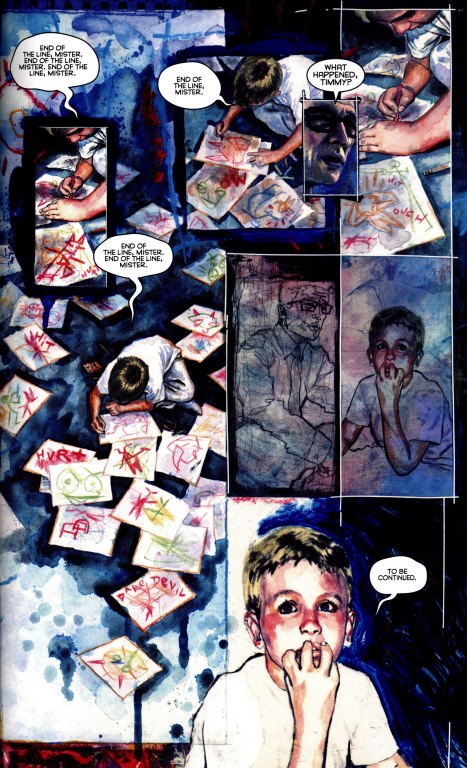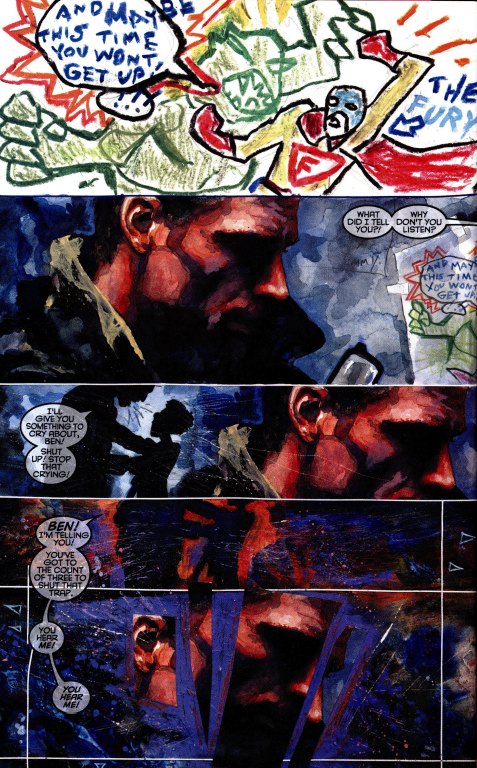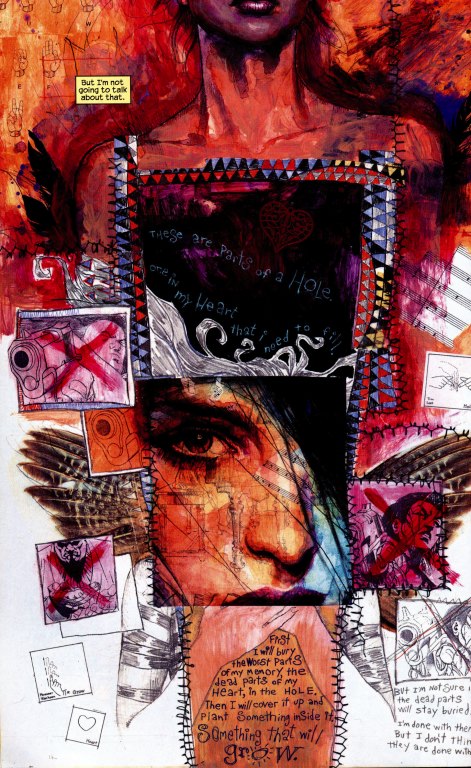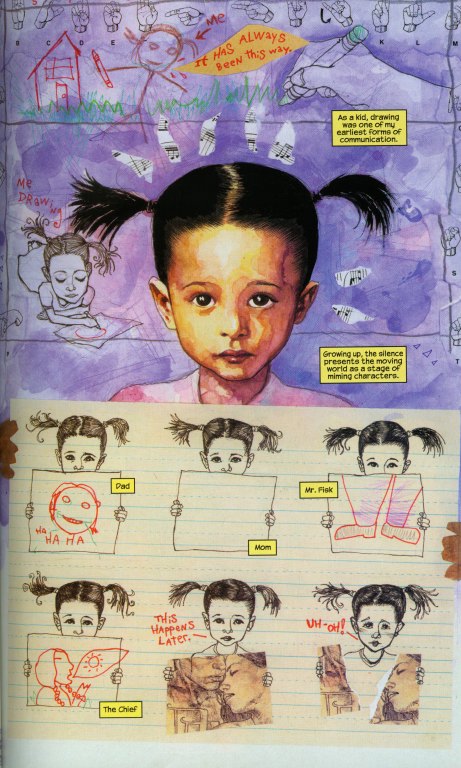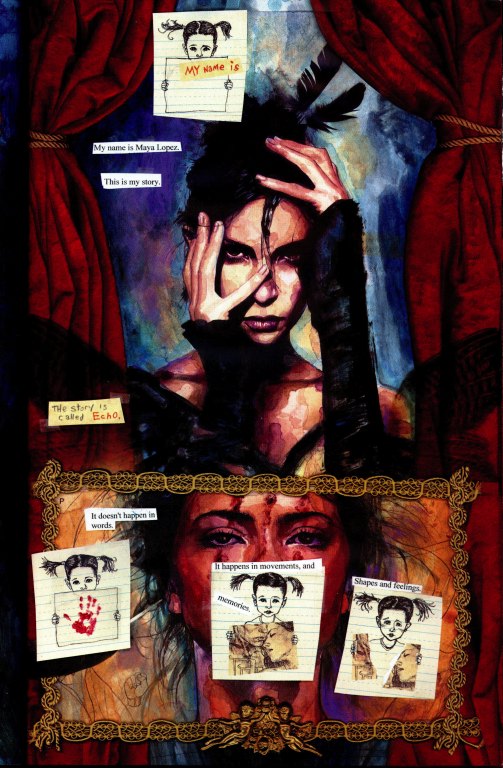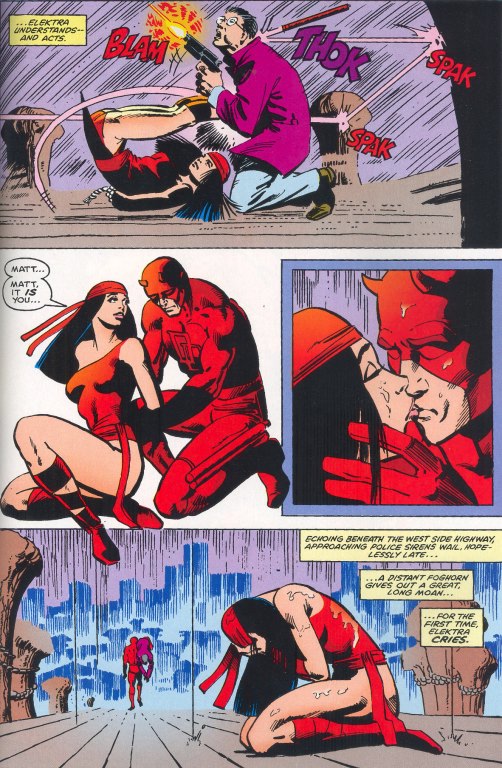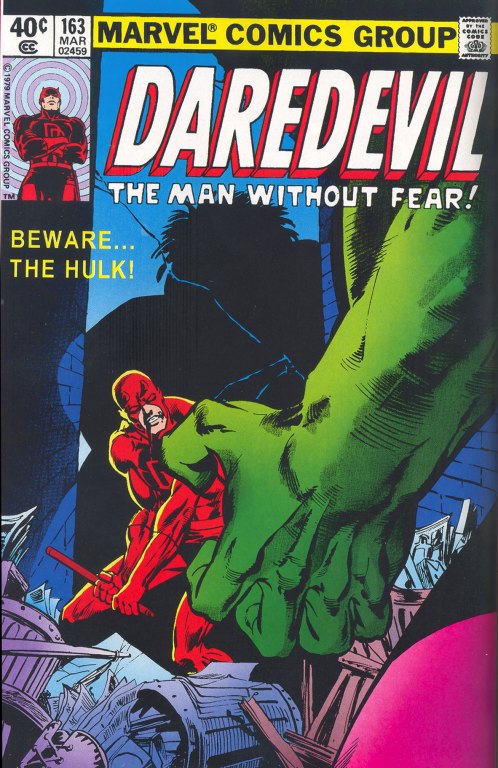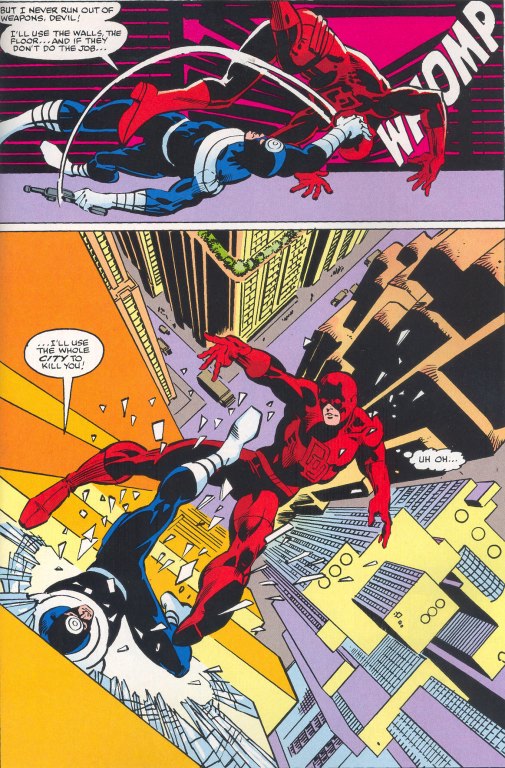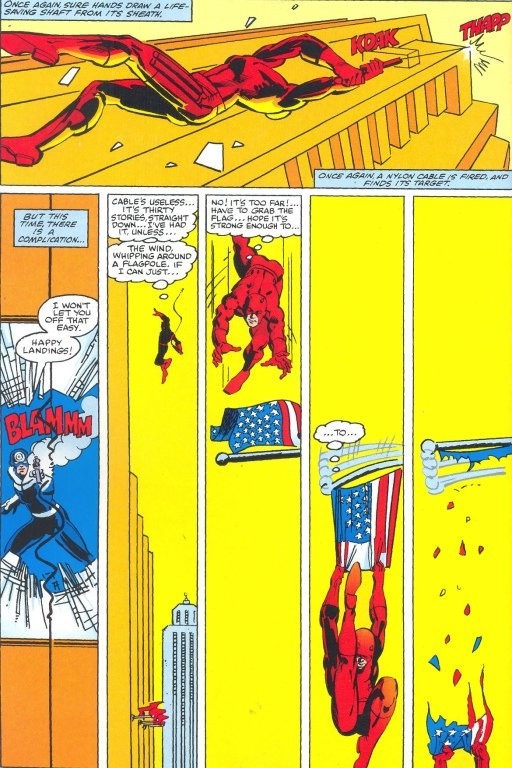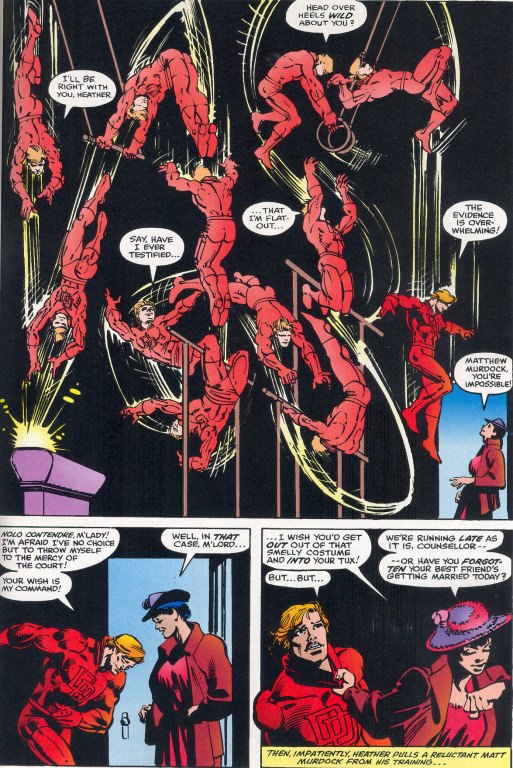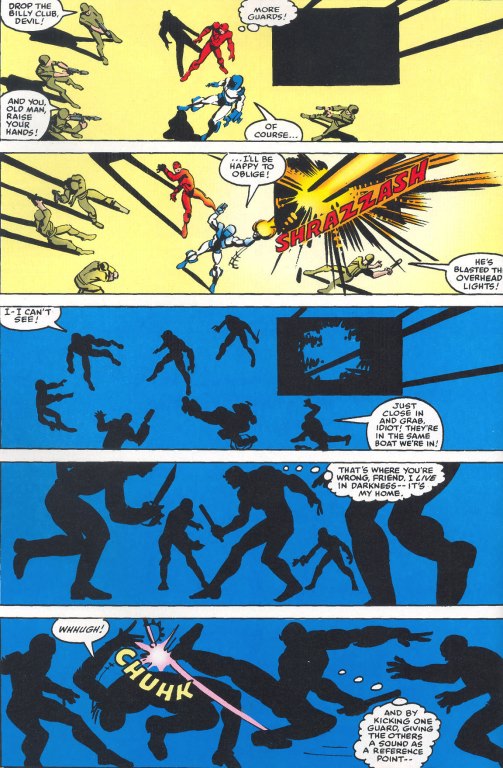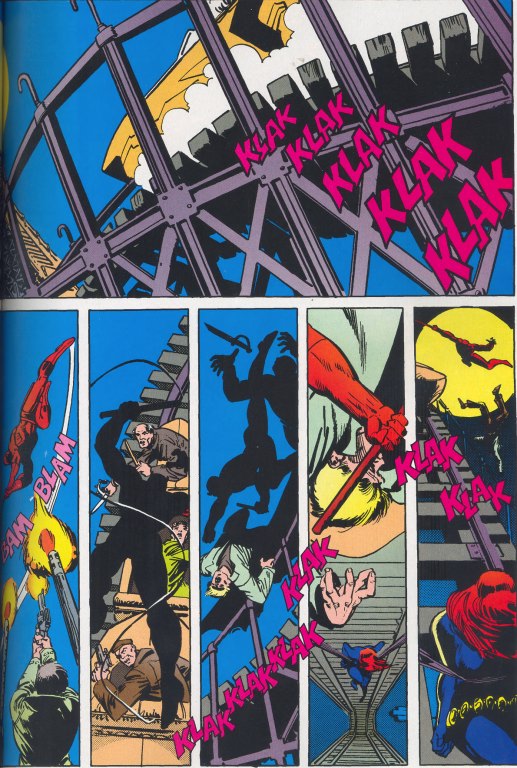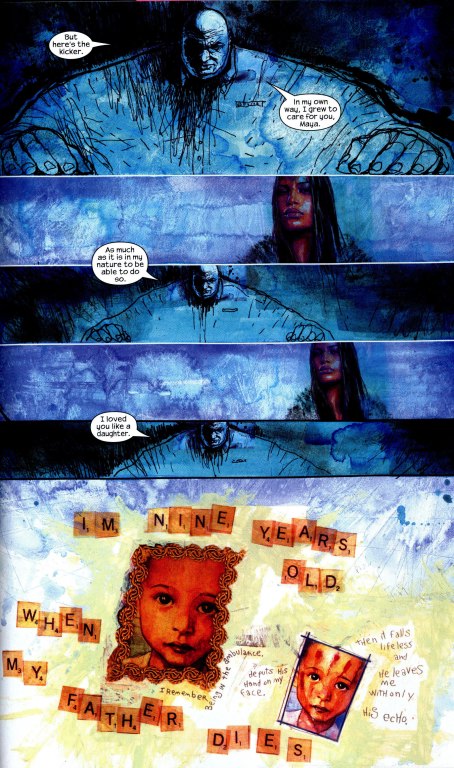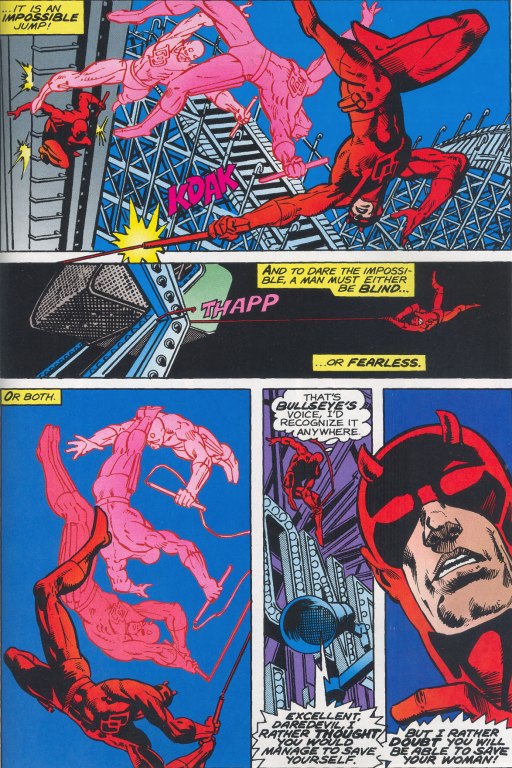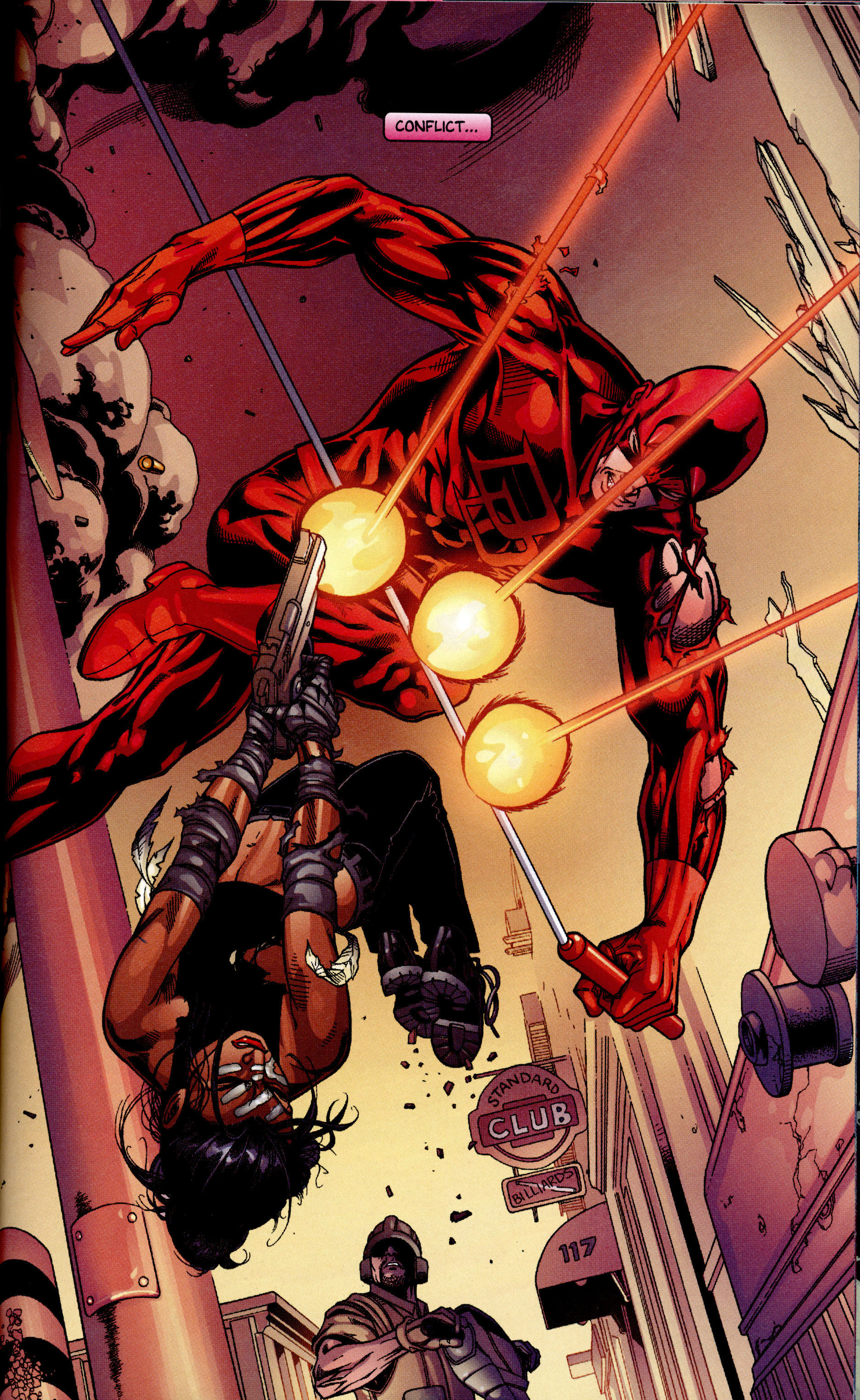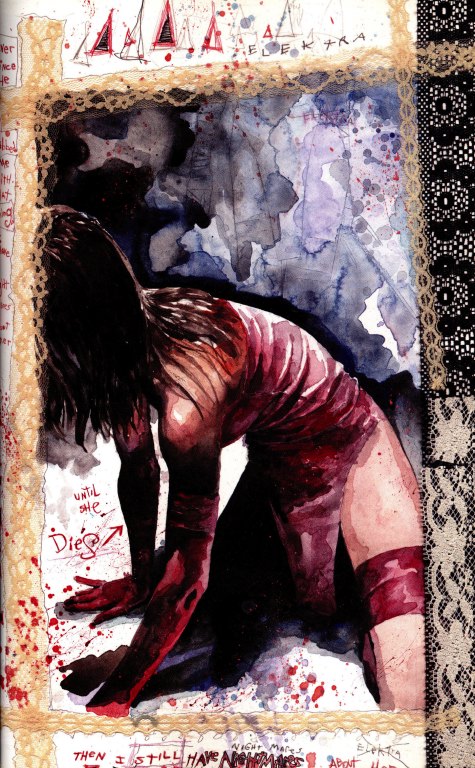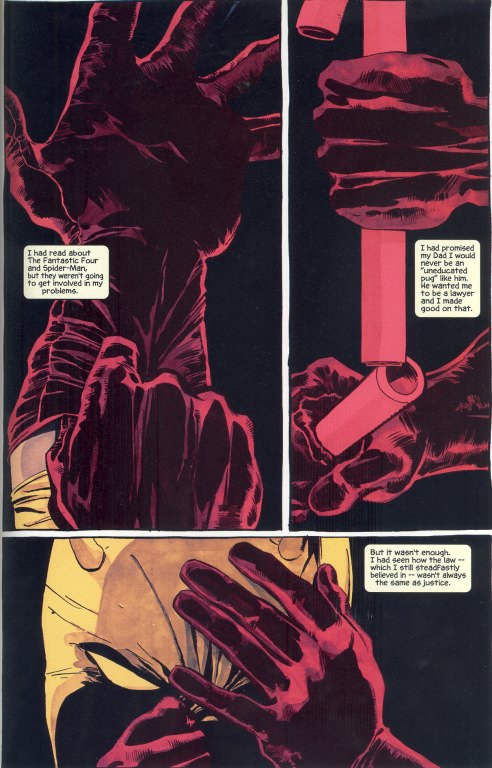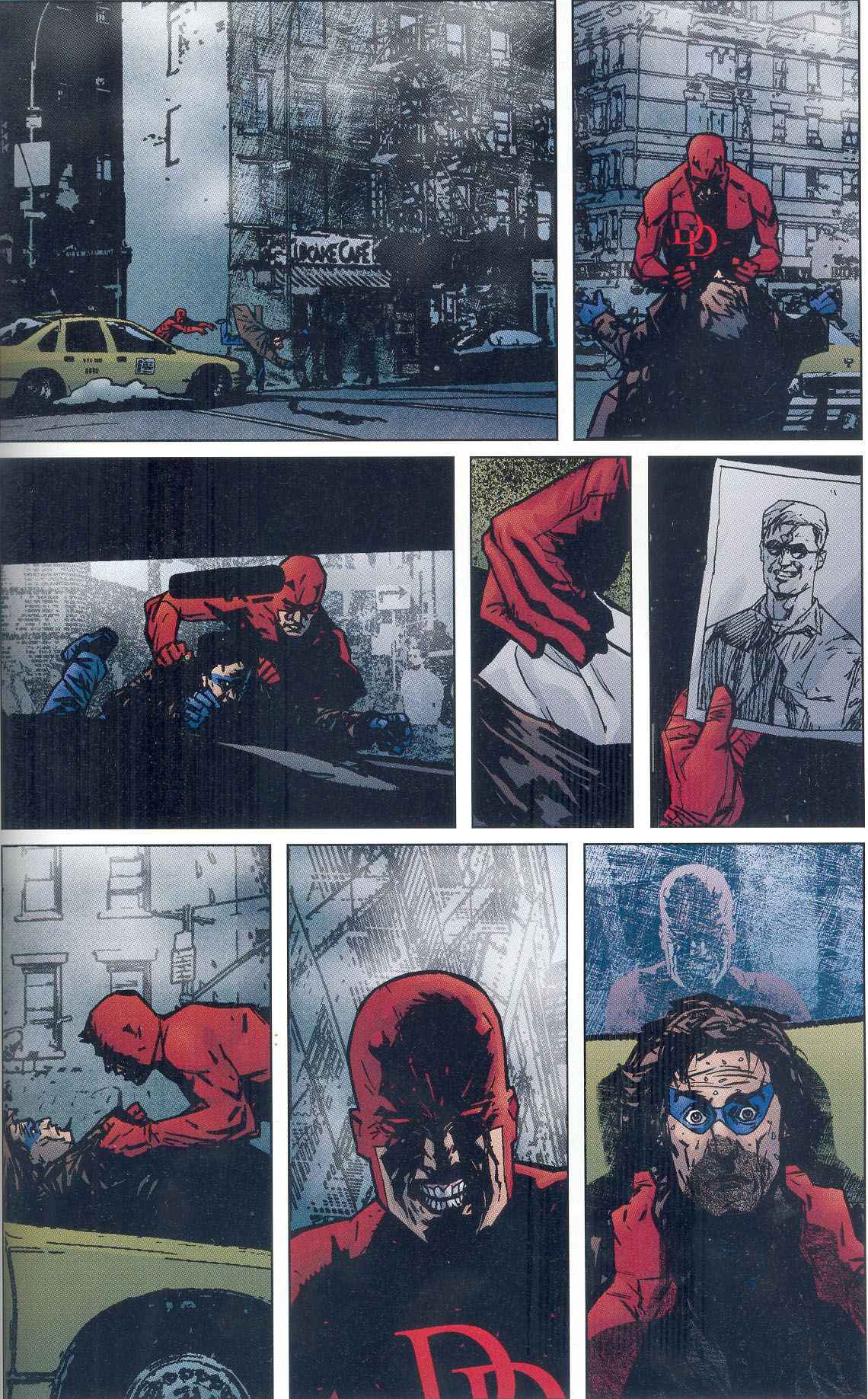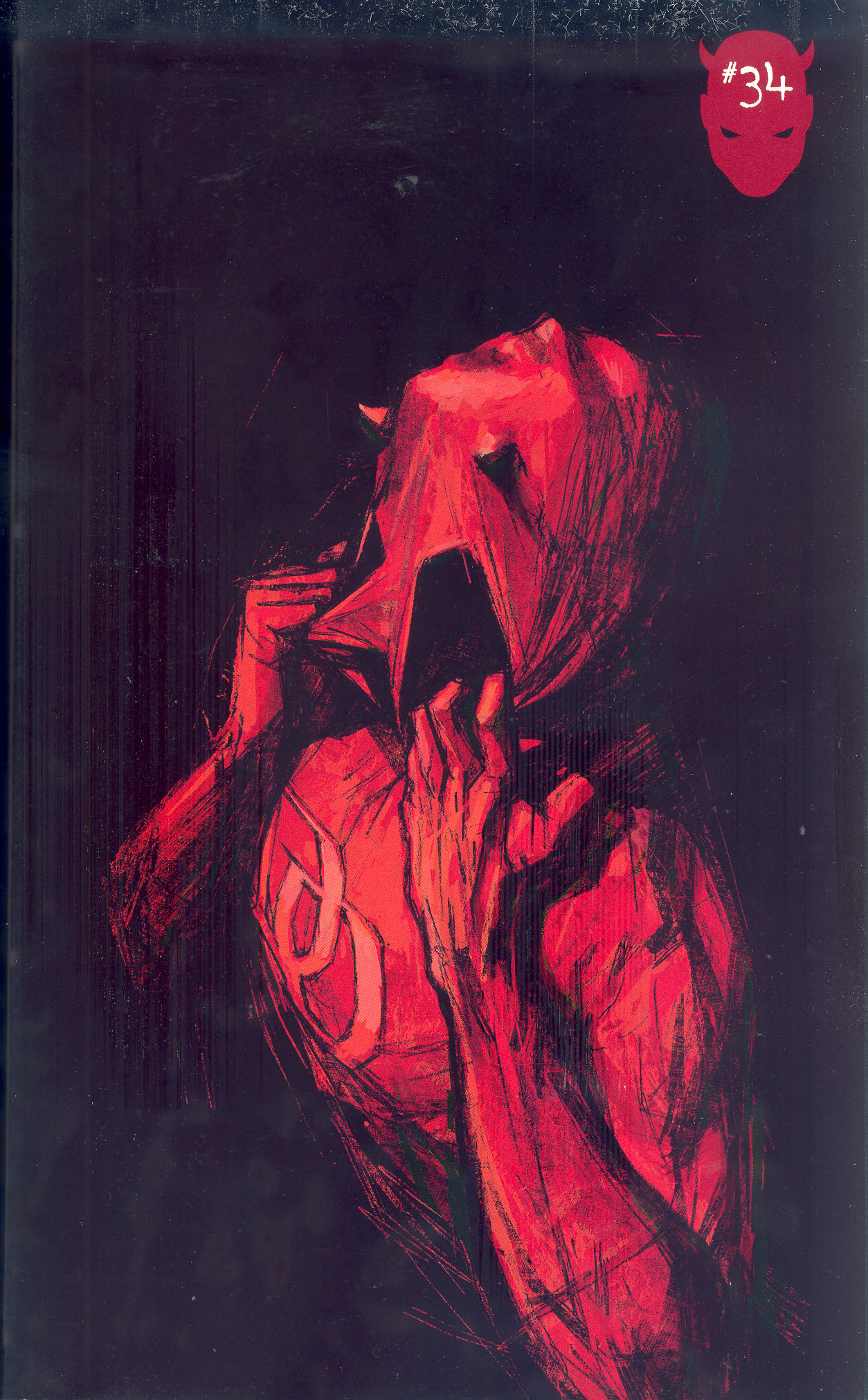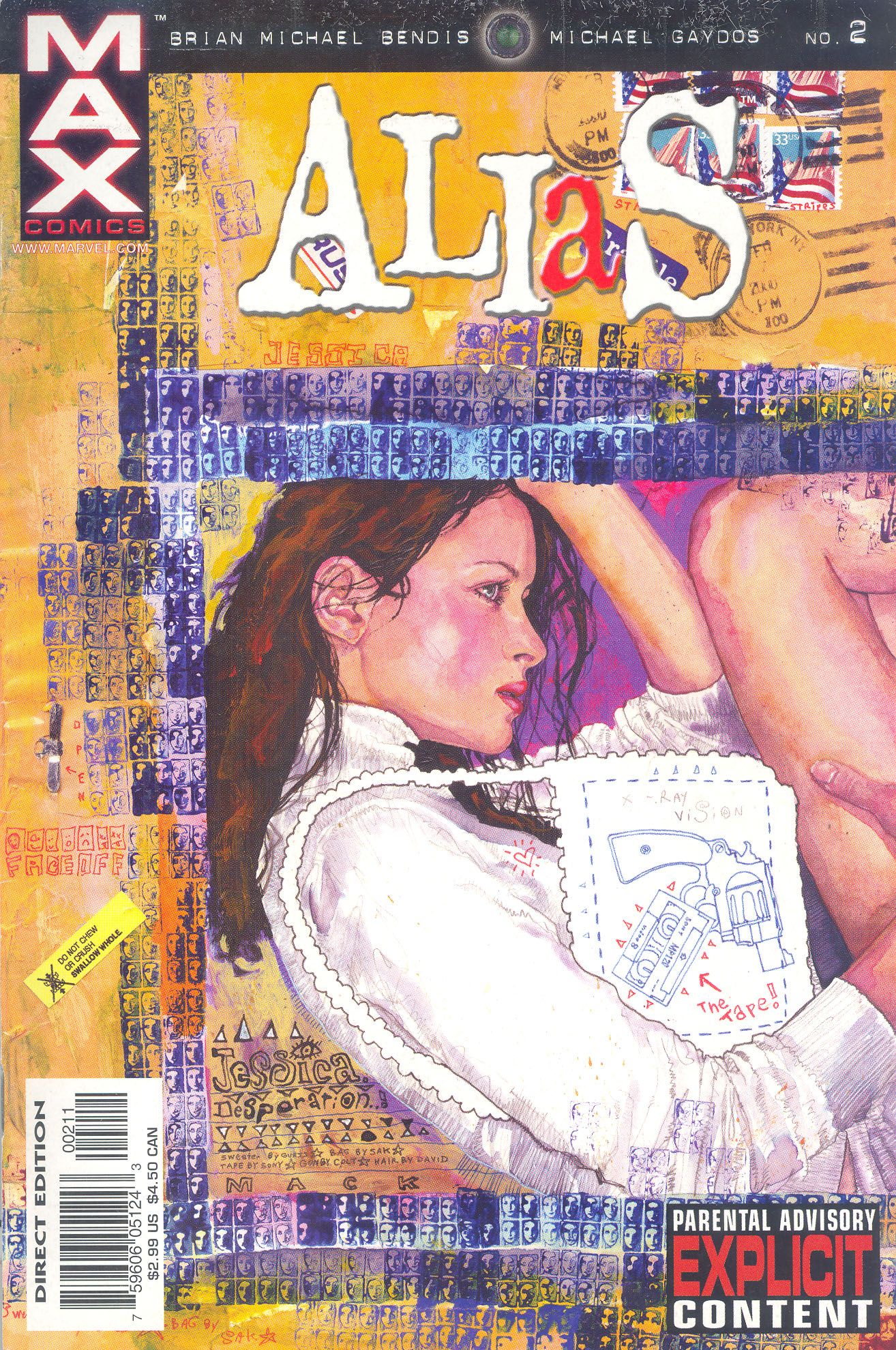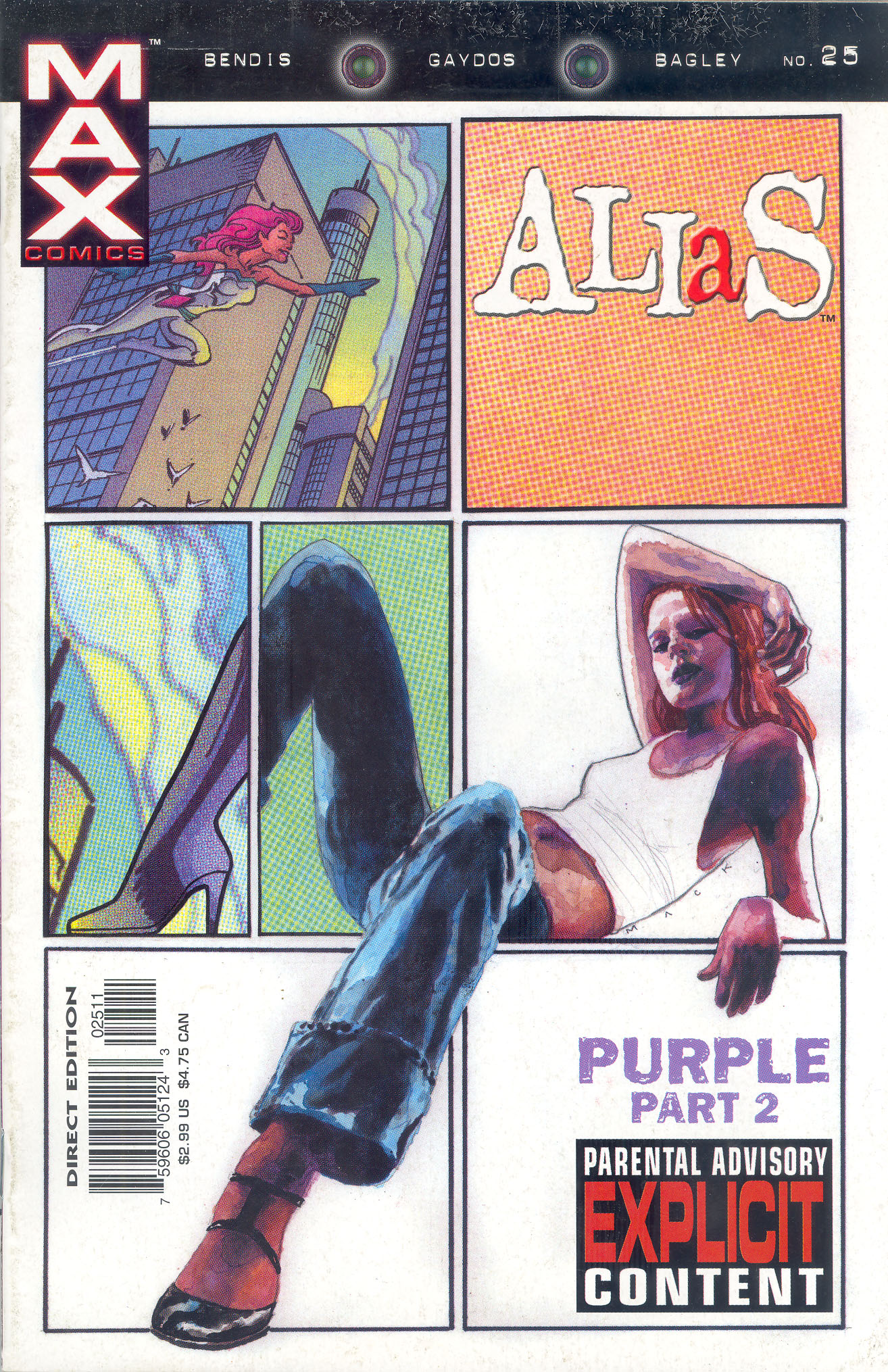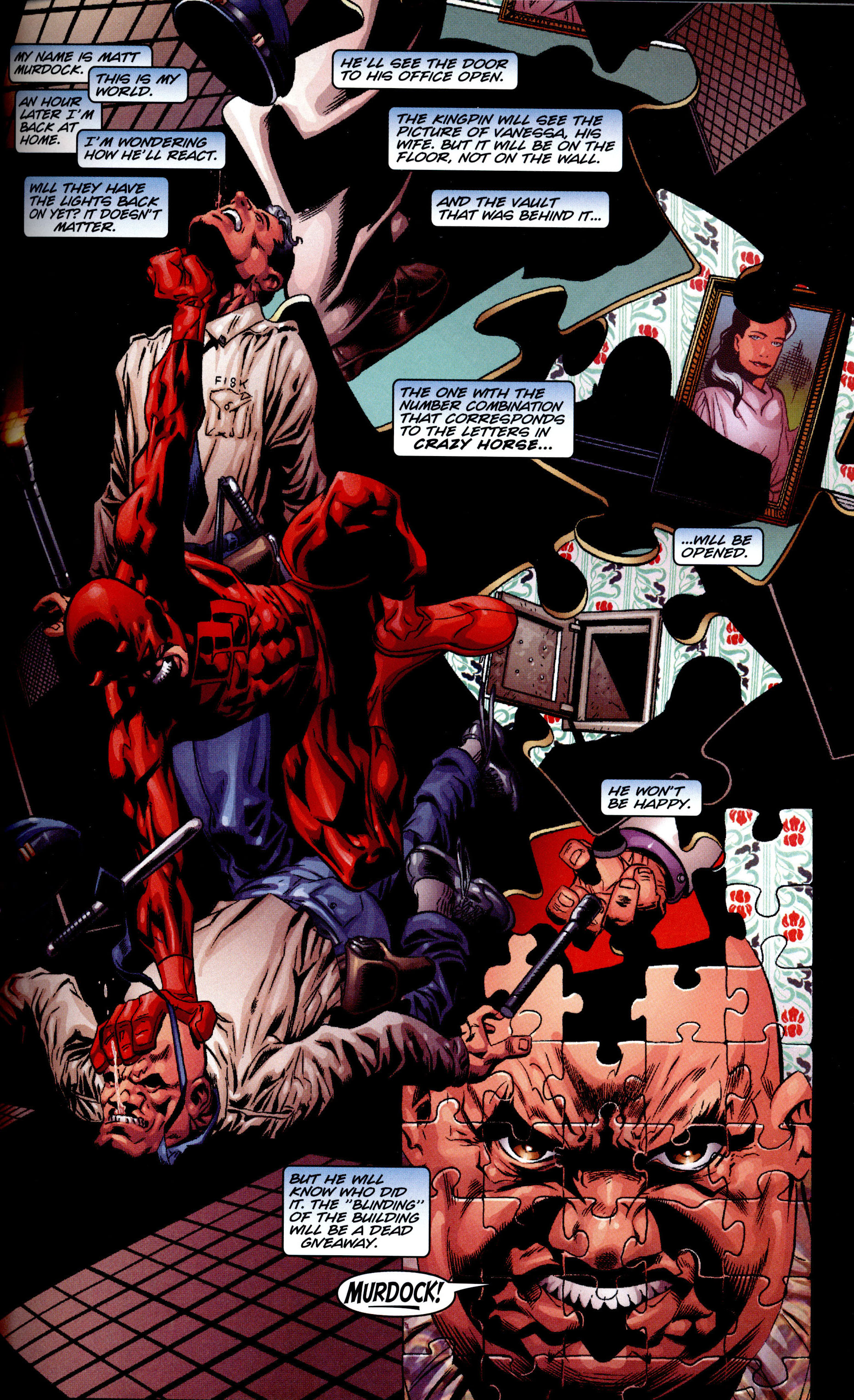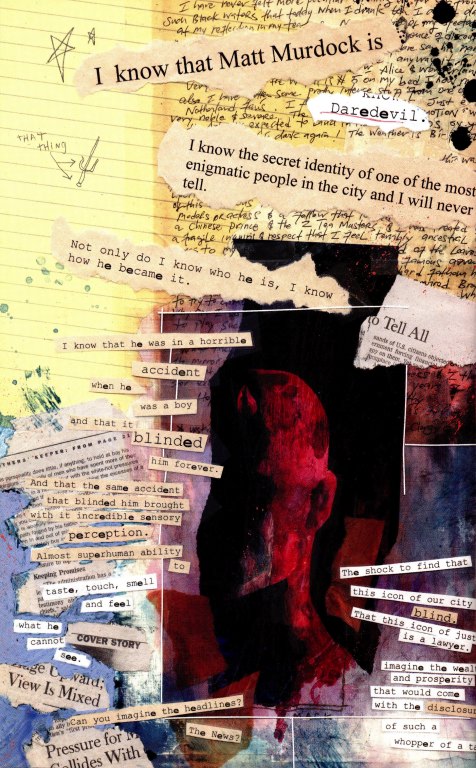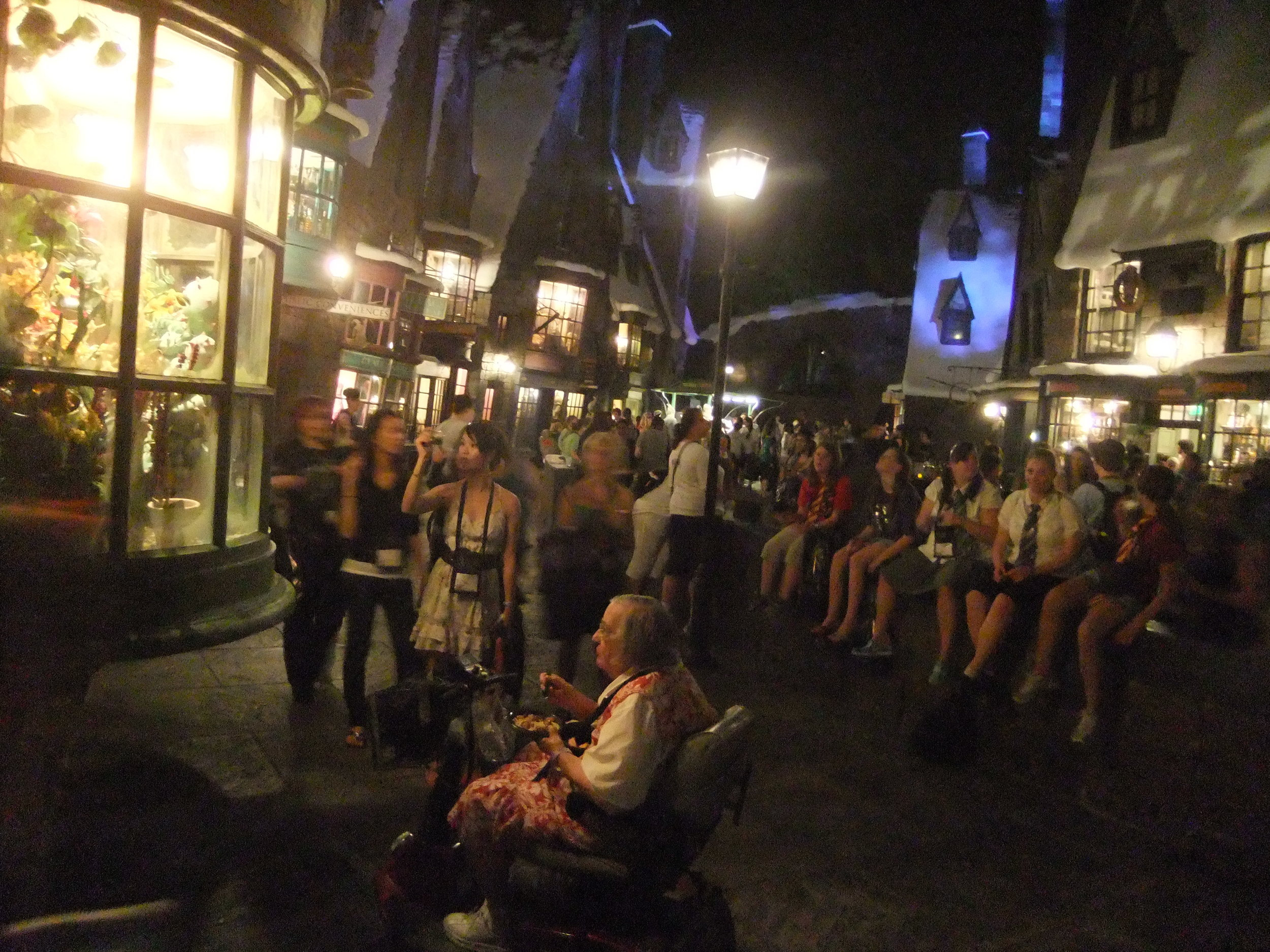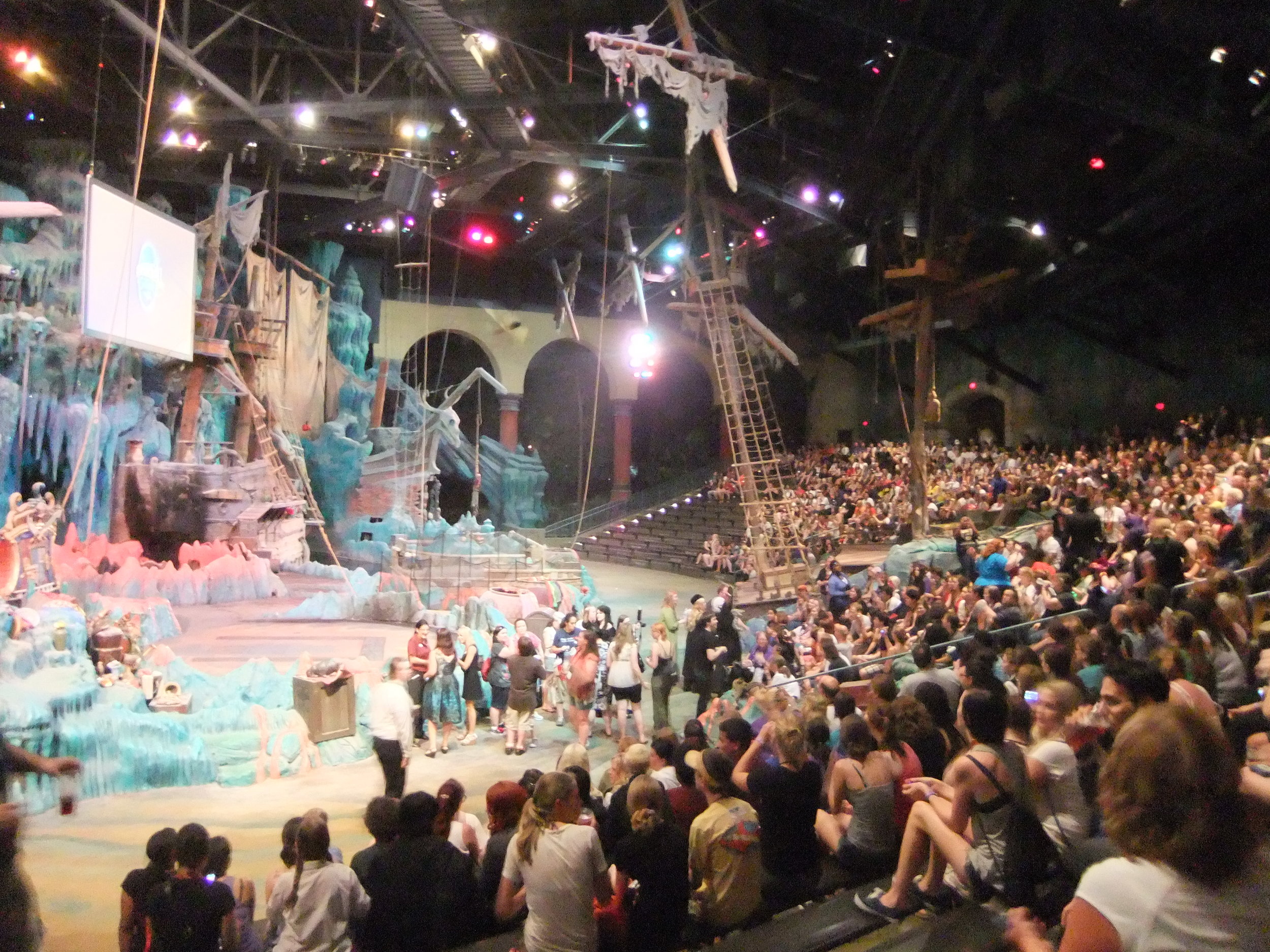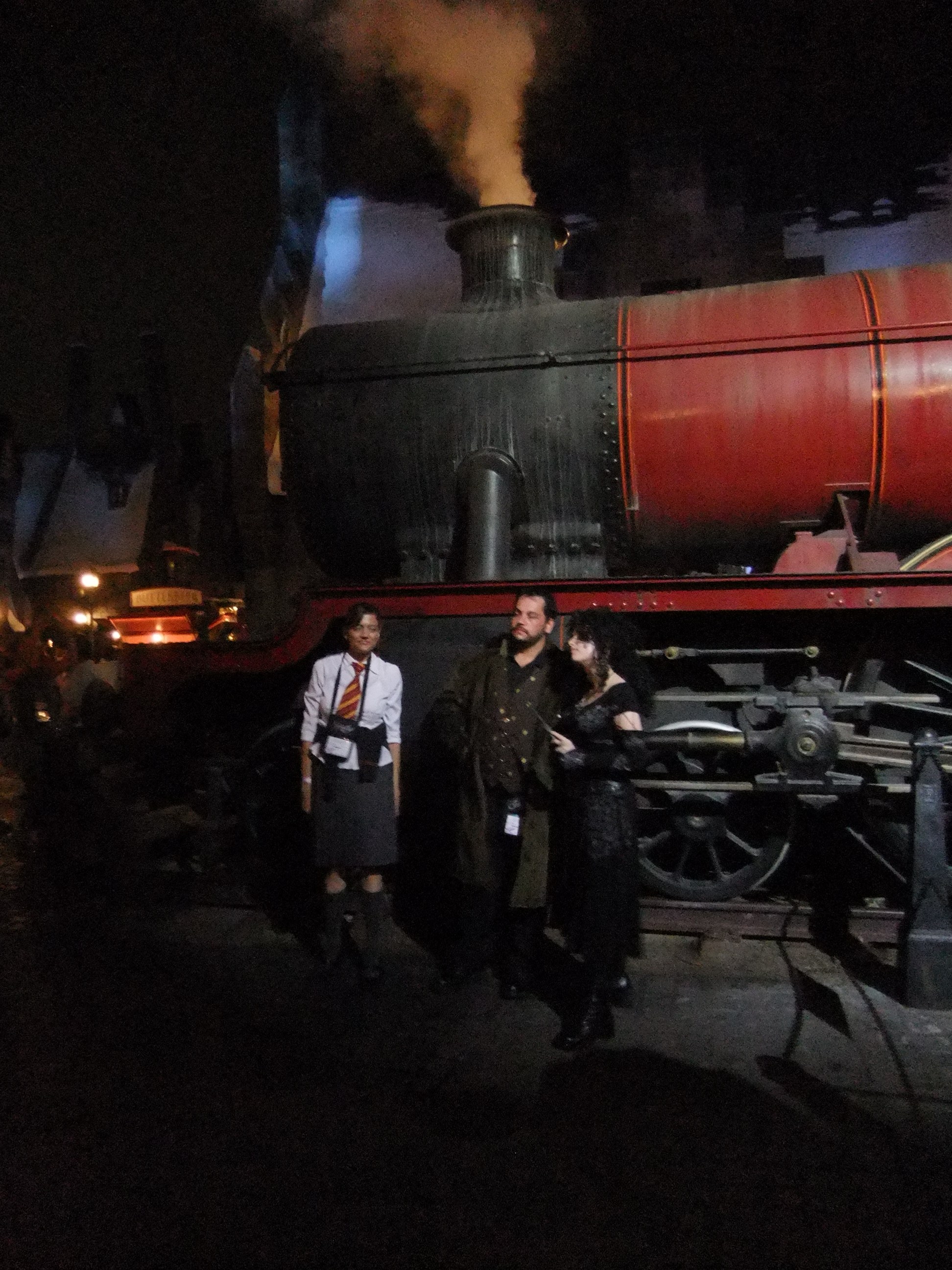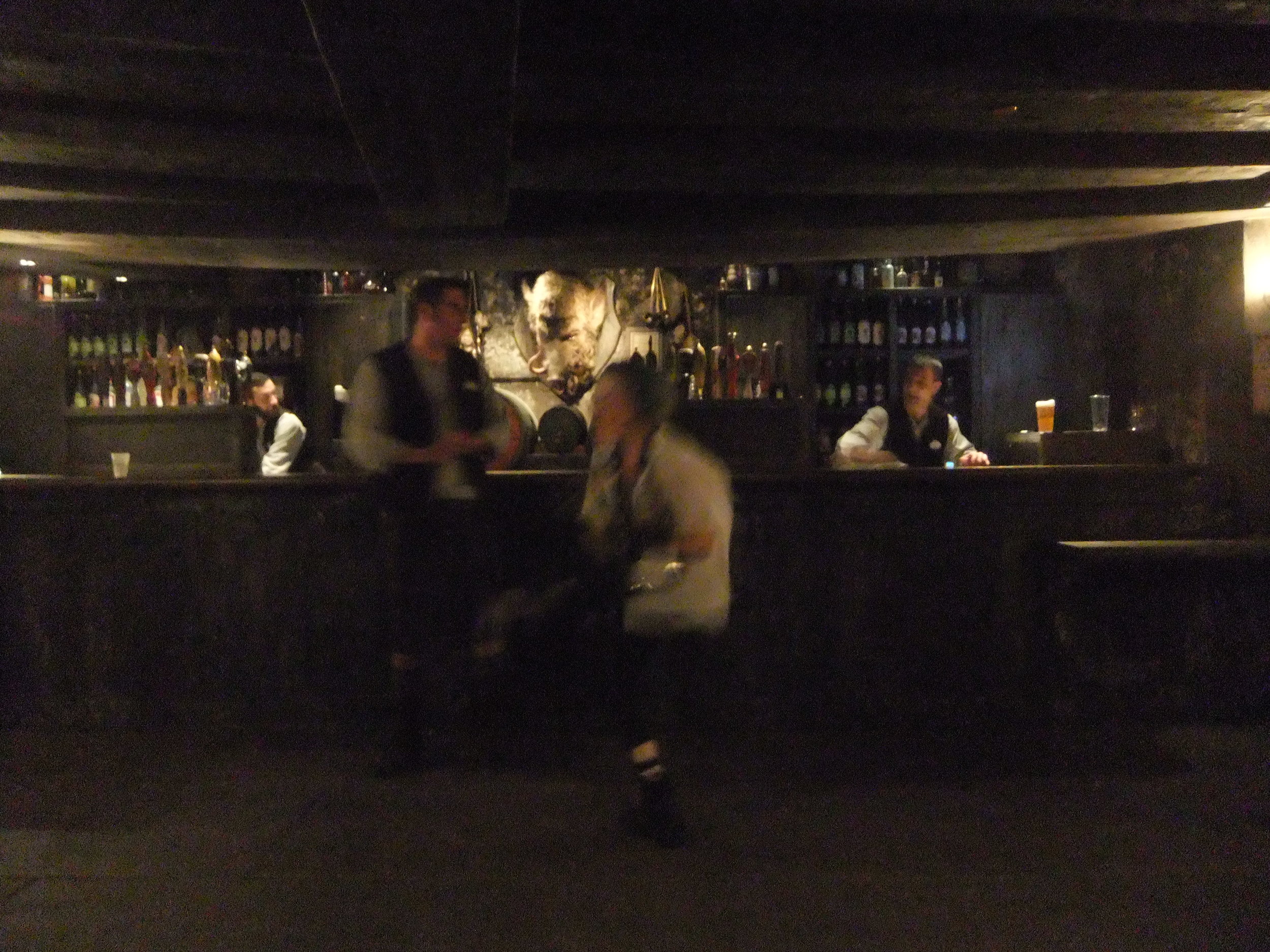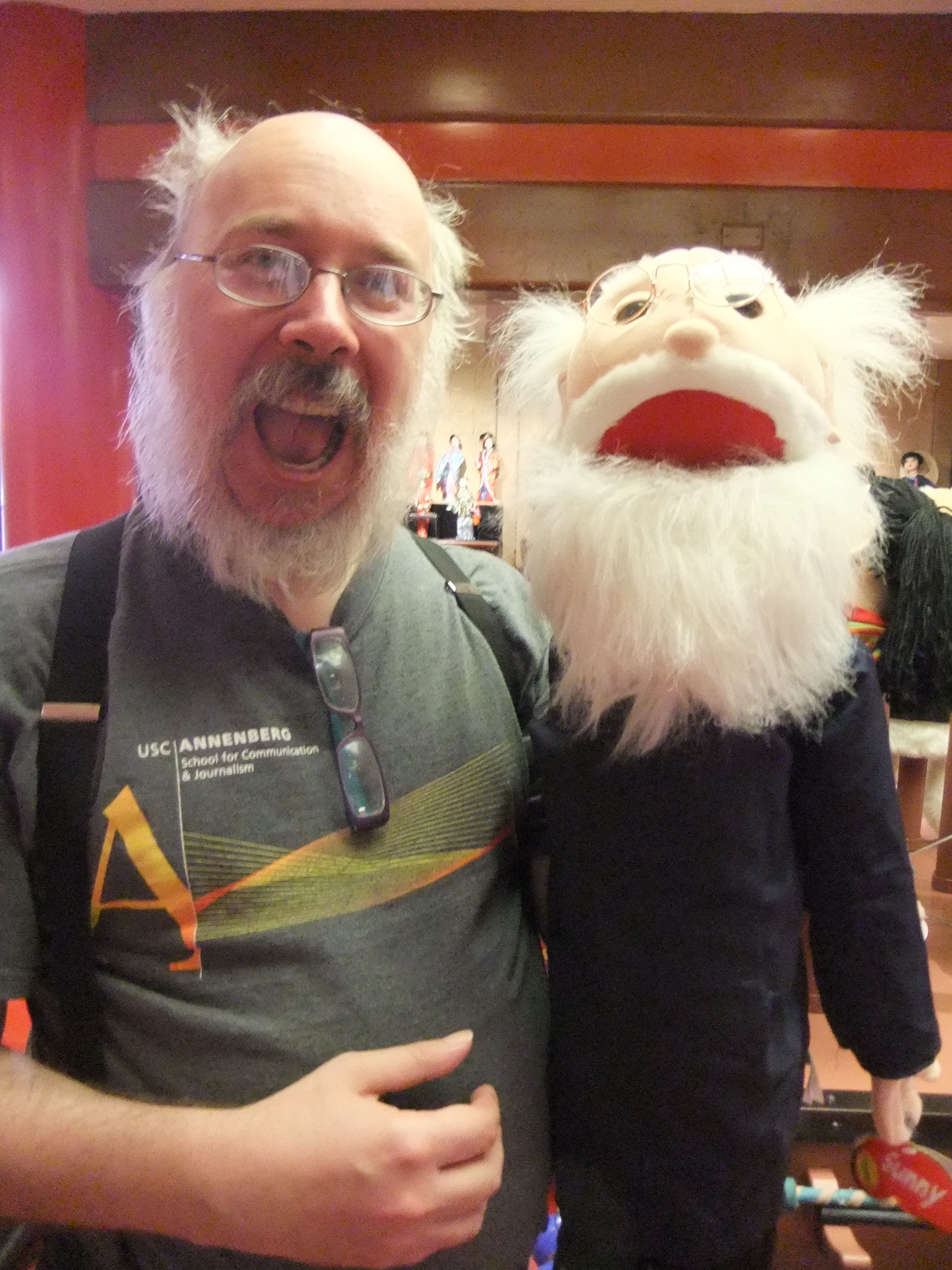Over the past few terms, I've been sharing here the syllabi of the new courses I am developing at the University of Southern California, courses which build upon my own research interests and are intended to open up space for students to pursue their own projects. In the fall, I am going to be teaching two classes, both graduate seminars -- Civic Media for the Journalism School and Medium Specificity for the Cinema School. I am sharing my Civic Media syllabus here and will share the Medium Specificity syllabus later this summer. I am sharing these in part in hopes they prove useful to other researchers and teachers and in part because I am hoping to help spread the word to USC students who might be interested in learning more on these topics. The Civic Media class is intended, as the syllabus suggests, as a nexus between Communications and Journalism students, but I also assume it may appeal to students in Political Science, History, Education, perhaps even some in Engineering or Computer Science who want to build tools for supporting civic engagement or activism. If you know of someone at USC who might be interested in this class, please pass the word.
SCHOOL OF JOURNALISM
USC ANNENBERG SCHOOL FOR COMMUNICATION & JOURNALISM
JOUR 599 Special Topics: Civic Media
Fall 2010
3 units
Schedule/Syllabus
Section: 21679D
Day/Time: Tuesday, 2-4:40 p.m.
Classroom: TBD
Professor: Henry Jenkins
Email: hjenkins@usc.edu
Office: ASC 101C
Office hours: By appointment.
Please contact Amanda Ford at: amanda.ford@usc.edu
Course Description and Outcomes:
"Society doesn't need newspapers. What we need is journalism...When we shift our attention from 'save newspapers' to 'save society,' the imperative changes from 'preserve the current institutions' to 'do whatever works.' And what works today isn't the same as what used to work."-- Clay Shirky
Civic Media: any use of any technology for the purposes of increasing civic engagement and public participation, enabling the exchange of meaningful information, fostering social connectivity, constructing critical perspectives, insuring transparency and accountability, or strengthening citizen agency.
This class on "civic media" is designed to provide a meeting ground between those involved in the cultural study of communications and those invested in the study of journalism as we address a common concern with the current moment of media in transition. We will start our semester by considering a series of recent reports exploring the current state and predicting future directions for journalism, public media, and the information needs of communities. What we hope to develop along the way is a functional understanding of the roles journalism has performed in American society over the past 100 or so years. We see professional journalism as both communicating core data vital for informed citizenship and performing central rituals needed to sustain a democratic culture.
Often, we think about democracy as grounded in a rationalist discourse and shaped by structures of information, but democracy also has strong cultural roots and is shaped by what Raymond Williams would call "a structure of feeling." We may ask in the first instance what citizens need to know in order to make wise decisions and, in the second, what it feels like to be an empowered citizen capable of making a difference and sharing common interests with others. Across the trajectory of the course, we will explore a range of other institutions and practices that have similarly contributed to the public awareness, civic engagement, and social connectivity required for a functioning democracy.
Before we can decide where we are going, though, we need to know where we have been -- we will consider everything from broadsides and ballads to wax museums, "living newspapers," underground comics, photo-shopped collages, circus parades, town pageants, scrapbooks, and toy printing presses, in search of historical models of civic media. Just as newspapers are one form of journalism, journalism is one set of practices that help us to perform these functions.
Our expedition will be historical (looking at how these functions were performed in other times and places), theoretical (focusing on how different writers have conceived of civic engagement, public participation, and social capital), technological (understanding how the affordances and uses of different kinds of media enabled them to achieve one or another of these goals), and applied (seeking future models for how citizens, policy makers, and journalists might collaborate to better meet the informational and cultural needs of our times). We will also consider how new media practices may be altering our conception of democracy, government, citizenship, and community, seeking to better grasp what remains the same and what changes as we interact with each other via virtual worlds and social networks rather than in physical coffee houses and bowling allies.
By the end of the course, students will be able to:
- Define key concepts, such as "public sphere," "counterpublic," "imagined communities," and "citizen journalism," which have run through debates about the civic functions of media
- Discuss how professional journalism fits within a larger realm of public and civic communications
- Identify key positions in current debates about the future of news
- Describe a range of different mechanisms through which civic functions have been performed across history
- Recognize alternative conceptions of the role of citizens and their relationship to civic information
- Analyze major shifts in American and global civic life manifesting through the rise of social networks, virtual worlds, and Web 2.0 practices
Grading and Assignments:
1. Students will contribute questions and comments to the class forum. (20 percent)
2. Students will elect one of the white papers we will have read for Week 2 of the class and write a short five-page response, focusing on the following two questions: What do you see as the strengths and the limits of their approach? What recommendations do you see as realistic and achievable? What obstacles would need to be overcome? (20 percent)
3. Students will develop a five-page report on a civic or activist organization they feel is making innovative use of civic media. (20 percent)
4. Students will develop a final project that applies the broad ideas of the course. This project might be a conventional academic essay, an experiment in new journalistic practice, or the prototype for a new civic media tool. Students should discuss their project with the instructor early in the semester so we can set an appropriate scale for this project. Students will be ready to give a 10-15 minute presentation on their project by the final weeks of the class. (40 percent)
Required Books:
Danielle S. Allen, Talking to Strangers: Anxieties of Citizenship since Brown V. Board of Education (Chicago: University of Chicago Press, 2006)
Peter Levine, The Future of Democracy: Developing the Next Generation of American Citizens. Tufts (2007).
Beth Noveck, Wiki Government: How Technology Can Make Government Better,
Democracy Stronger and Citizens More Powerful, Brookings Institution Press
(2009).
Vanessa R. Schwartz, Spectacular Realities: Early Mass Culture in Fin-De-Siecle Paris, University of California Press (1999).
Peter Ludlow and Mark Wallace, The Second Life Herald: The Virtual Tabloid That
Witnessed the Dawn of the Metaverse, MIT Press (2007)
Rahaf Harfoush, Yes We Did: How Social Networks Built the Obama Brand, New Riders Press (2009).
Stephen Duncombe, Dream: Re-Imagining Progressive Politics in an Age of Fantasy, New Press (2007)
All other readings will be available through the class blackboard site.
Week 1: Introduction to Civic Media (Tuesday, August 24th)
James W. Carey, "A Cultural Approach to Communication" and "Reconceiving 'Mass'
and 'Media,'" Communication as Culture: Essays on Media and Society (New York: Routledge, 1992)
Benedict Anderson, "Introduction," "Cultural Roots," and "Census, Map, Museum,"
Imagined Communities: Reflections on the Origins and Spread of Nationalism (London: Verso, 2006)
Robert Putnam, "Introduction: Thinking about Social Change in America," Bowling
Alone: The Collapse and Revival of American Civic Life (New York: Simon and Schuster, 2001)
Handout with quotations from John Milton, John Stuart Mills, Alexis DeTocqville, John
Dewey, Raymond Williams, Benjamin Barber.
Week 2: Does News Have a Future? (Tuesday, August 31st)
Paul Duguid, "Material Matters: The Past and Futurology of the Book" in Geoffrey Nunberg, The Future of the Book (Berkeley: University of California Press, 1996)
Jessica Clark, "Public Media 2.0: Dynamic, Engaged Publics" Center for Social Media
Tony Deifell, "The Big Thaw: Charting A New Course for Journalism" The Media
Consortium
Knight Commission on the Information Needs of Communities, "Informing
Communities: Sustaining Democracy in the Digital Age,"
Clay Shirky, "Newspapers and Thinking the Unthinkable," March 13 2009
Week 3: Where Publics Gather (Tuesday, September 7th)
Nancy Frazier, "Rethinking the Public Sphere: A Contribution to the Critique of Actually
Existing Democracy," Social Text, 25-26, 1990
Tom Standage, "Coffee," A History of the World in 6 Glasses (New York: Walker, 2006)
Richard Butsch, "The Politics of Audiences in America," The Citizen Audience: Crowds, Publics and Individuals (New York: Routledge, 2007)
Mary L. Gray, "From Walmart to Websites: Out in Public," Out in the Country: Youth, Media and Queer Visibility in Rural America (New York: New York University Press, 2009)
Paul Starr, "The Opening of the Public Sphere, 1600-1860,"The Creation of Media: Political Origins of Modern Communications (New York: Basic, 2005)
Handout with key passages from Jurgen Habermas, The Structural Transformation of the Public Sphere (Cambridge: MIT Press, 1991).
Week 4: Why Media Matters (Tuesday, September 14th)
John Fiske, "Introduction" and "Technostruggles," Media Matters: Everyday Culture and Political Change (Minneapolis: University of Minnesota Press, 1996)
Hans Magnus Enzensberger, "Constituents of a Theory of the Media" New Left Review 64, 1970, 13-36.
John Hartley, "The Frequencies of Public Writing: Tomb, Tome, and Time as
Technologies of the Public," in Henry Jenkins and David Thorburn (eds.)
Democracy and New Media (Cambridge: MIT Press, 2003).
Kirsten Drotner, "Media on the Move: Personalized Media and the Transformation of
Publicness," in Sonia Livingstone (ed.) Audiences and Publics: When Cultural
Engagement Matters for the Public (Bristol: Intellect, 2005).
Paula Petrik. "The Youngest Fourth Estate: The Novelty Toy Printing Press and
Adolescence, 1870-1886," in Elliot West and Paula Petrik (eds.) Small Worlds:
Children and Adolescents in America, 1850-1950. (Kansas City: U of Kansas P, 1992)
Week 5: Rethinking the Informed Citizen (Tuesday, September 21st)
Danielle S. Allen, Talking to Strangers: Anxieties of Citizenship since Brown V. Board of Education (Chicago: University of Chicago Press, 2006)
Steve Classen, "Introduction", "Conclusion," Watching Jim Crow: The Struggle Over Mississippi TV, 1955-1969, Durham: Duke University Press.
Michael Schudson, "Click Here for Democracy: A History and Critique of an
Information-Based Model of Citizenship," in Henry Jenkins and David Thorburn
(eds.) Democracy and New Media (Cambridge: MIT Press, 2003).
Cynthia Gibson, "Citizens at the Center: A New Approach to Civic Engagement" The
Case Foundation
Week 6: The Future of Democracy (Tuesday, September 28th)
Peter Levine, The Future of Democracy: Developing the Next Generation of American Citizens (Boston: Tufts, 2007)
Sonia Livingstone, "On the Relationship Between Audiences and Publics," and Daniel
Dayan, "Mothers, Midwives and Abortionists: Genealogy, Obstetrics, Audiences and Publics," in Sonia Livingstone (ed.) Audiences and Publics: When Cultural Engagement Matters for the Public Sphere (London: Intellect, 2005)
Meira Levinson, "The Civic Empowerment Gap" Defining the Problem and Locating
Solutions," in Lonnie Sherrod, Constance Flanagan, and Judith Torney-Purta (eds.) Handbook of Research on Civic Engagement in Youth (Boston: John Wiley and Sons 2009)
Henry Jenkins, "A Person's A Person, No Matter How Small: The Democratic
Imagination of Doctor Seuss," in Henry Jenkins, Tara McPherson and Jane Shattuc (eds.) Hop on Pop: The Politics and Pleasures of Popular Culture (Durham: Duke University Press, 2003).
Week 7: A Digital Revolution? (Tuesday, October 5th)
Anna Everett, "Digital Women: The Case of the Million Woman March Online and On
Television," Digital Diaspora: A Race for Cyberspace (New York: State University of New York Press, 2009)
Roger Hurwitz, "Who Needs Politics? Who Needs People?: The Ironies of Democracy in
Cyberspace," in Henry Jenkins and David Thorburn (eds.) Democracy and New
Media (Cambridge: MIT Press, 2003).
Cass Sunstein, "The Daily We: Is The Internet Really a Blessing for Democracy," and
Responses, The Boston Review, Summer 2001
Richard A. Ryerson, "Committees of Correspondence," The Revolution is Now Begun: the Radical Committees of Philadelphia, 1765-1776. (Philadelphia: University of Pennsylvania Press, 1978)
Week 8: Collective Action (Tuesday, October 12th)
Beth Noveck, Wiki Government: How Technology Can Make Government Better,
Democracy Stronger and Citizens More Powerful (Brookings Institute Press, 2009)
Yochai Benkler, "The Emergence of a Networked Public Sphere," The Wealth of
Networks: How Social Production Transforms Markets and Freedom (New
Haven: Yale University Press, 2007)
Warren Sack, "What Does a Very Large Scale Conversation Look Like?," Electronic Book Review, March 7 2005.
Jane McGonigel, "This Is Not A Game': Immersive Aesthetics and Collective Play,"
Avant-Game,
Week 9: Civic Rituals (Tuesday, October 19th)
Victor Turner, "Liminal to Liminoid, in Play, Flow, and Ritual: An Essay in Comparative
Symbology," Rice University Studies 60(3), 53-92
Janet M. Davis, "Instruct the Minds of All Classes," The Circus Age: Culture and Society Under the American Big Top (Chapel Hill: University of North Carolina Press, 2002)
Marie Ryan, "The American Parade: Representations of 19th Century Social Order,"
in Lynn Hunt (ed.) The New Cultural History (Berkeley: University of California Press, 1989)
Paul Nadler, "Liberty Censored: Black Living Newspapers of the Federal Theatre
Project," African American Review 29 (1995): 615-622
Lynn Hunt, "Pornography and the French Revolution," The Invention of Pornography, 1500-1800: Obscenity and The Origins of Modernity (Cambridge: Zone, 1996)
Week 10: Spectacular Reality (Then and Now) (Tuesday, October 26th)
Vanessa R. Schwartz, "Setting the Stage: The Boulevard, the Press and the Framing of
Everyday Life," "Public Visits to the Morgue: Flanerie in the Service of the
State," "The Musee Grevin: Museum and Newspaper in One," Spectacular
Realities: Early Mass Culture in Fin-De-Siecle Paris (Berkeley: University of
California Press, 1999)
John Hartley, "Reality and the Plebisite," Television Truths: Forms of Knowledge in
Popular Culture (London: Wiley-Blackwell, 2007)
Aswin Punathambekar, "Television, Participatory Culture, and Politics: the Case of
Indian Idol," Flow 10(5)
Pamela Wilson, "Jamming Big Brother USA: Webcasting, Audience Intervention and
Narrative Activism," in Ernest Mathis, Janet Jones (eds.) Big Brother International: Formats, Critics and Publics (London: Wallflower, 2004)
Marwan M. Kraidy, "A Battle of Nations: Superstar and the Lebanon-Syria Media War,"
Reality Television and Arab Politics: Contention in Public Life (Cambridge: Cambridge University Press, 2010).
Week 11: Democracy in Virtual Worlds (Tuesday, November 2nd)
Peter Ludlow and Mark Wallace, The Second Life Herald: The Virtual Tabloid That
Witnessed the Dawn of the Metaverse (Cambridge: MIT Press, 2009)
Ian Bogost, "Digital Democracy," Persuasive Games: The Expressive Power of
Videogames (Cambridge: MIT Press, 2007)
Joe Kahne, Ellen Middaugh and Chris Evans, The Civic Potential of Video Games (MacArthur Foundation, 2009)
Week 12: Surviving Disasters (Tuesday, November 9th)
Eric Klinenberg, "In the Public Interest," Fighting for Air: The Battle to Control
America's Media (New York: Holt, 2008)
George Lipsitz, "Learning from New Orleans: The Social Warrant of Hostile Privatism
and Competitive Consumer Citizenship," Cultural Anthropology 21(3), August 2006
Elaine Scarry, "Who Defended The Country?," in Daniel J. Sherman and Terry Nardin
(eds.) Terror, Culture, Politics: Rethinking 9/11 (Bloomington: Indiana University Press, 2005)
Henry Jenkins, "Captain America Shed His Mighty Tears", in Daniel J. Sherman and
Terry Nardin (eds.) Terror, Culture, Politics: Rethinking 9/11 (Bloomington: Indiana University Press, 2005)
Huma Yusuf, "Old and New Media: Converging During the Pakistan Emergency (March
2007-February 2008)," Center for Future Civic Media
Week 13: Social Networks and Participatory Culture (Tuesday, November 16th)
Andrew Kohut, "Social Networking and Online Videos Take Off: Internet's Broader
Role in Campaign 2008," Pew Internet and American Life Project
Rahaf Harfoush, Yes We Did: How Social Networks Built the Obama Brand (San Francisco: New Riders Press, 2009)
Ellen Gruber Garvey, "Scissoring and Scrapbooks: 19th Century Reading, Remaking and Recirculating" in Lisa Gitelman (ed.) New Media, 1740-1915 (Cambridge: MIT Press, 2004)
Week 14: Politics, Fantasy and Parody (Tuesday, November 23rd)
Stephen Duncombe, Dream: Re-Imagining Progressive Politics in an Age of Fantasy (New York: New Press, 2007)
Henry Jenkins, "Photoshop for Democracy" and "Why Mitt Romney Won't Debate a
Snowman," Convergence Culture: Where Old and New Media Collide (New
York: New York University Press, 2006)
Henry Jenkins, "How Dumbledore's Army Is Changing the Real World: An Interview
with Andrew Slack," Confessions of an Aca-Fan, July 23 2009,
Week 15: Final Presentations (Tuesday, November 30th)
LAST DAY OF CLASS

